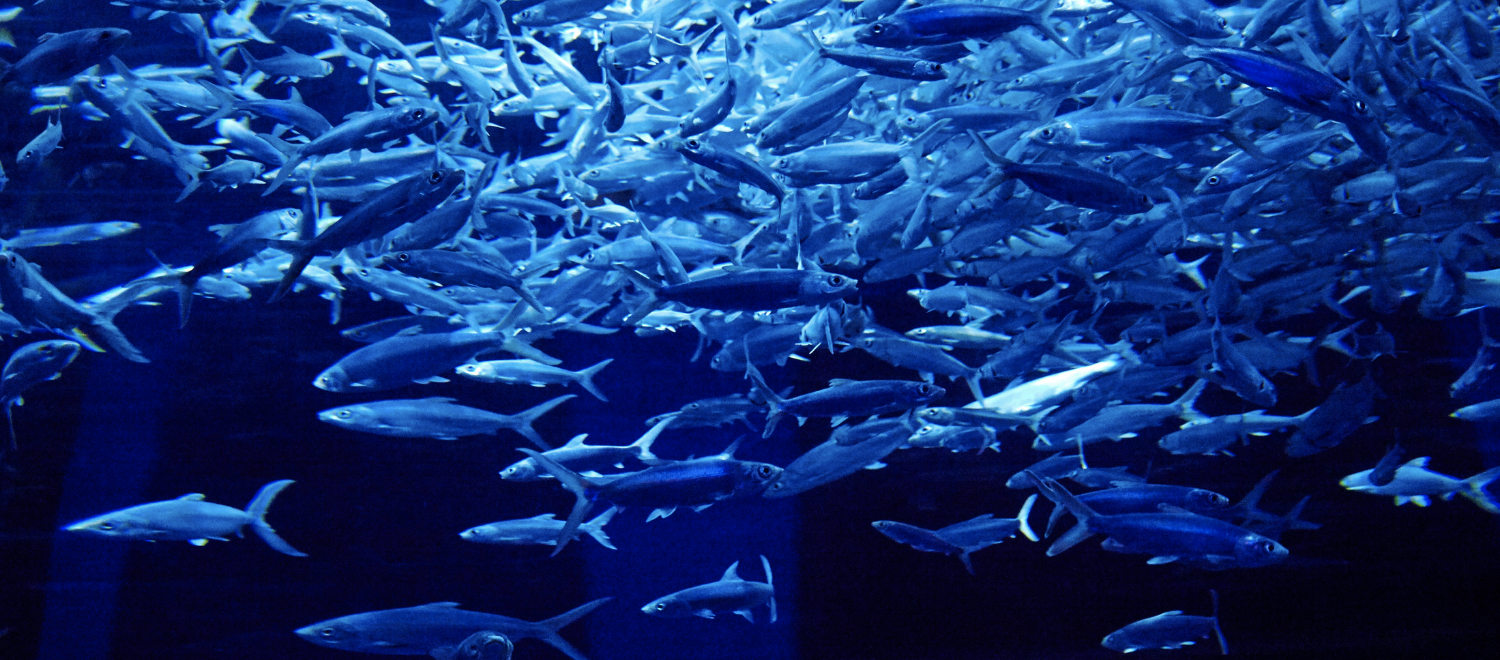Oceans are home to an incredible amount of biodiversity. Aquatic life ranges from the tiniest microorganisms to the largest animal to ever live on Earth. If managed correctly, the oceans can supply sustainable fisheries and provide a myriad of human resources. Therefore, it is unfortunate that, instead of caring for the oceans, humans are dumping tons of waste into them every year.
Human pollutants endanger marine life in numerous tragic ways. Some creatures get injured in debris, while others mistake plastics for food and suffocate, starve, or drown. Meanwhile, tiny organisms eat microplastics and transfer the chemicals to marine species all over the food chain, eventually reaching humans. The United Nations estimates that
at least 800 aquatic species are directly affected by marine pollution. Even more worrying is that, according to One Green Planet,
700 aquatic species are at risk of going extinct because of plastic waste.
Fortunately, the situation is not entirely hopeless. Technology presents several remarkable ways to counteract the impact of human interference on marine life. As we covered in our post ‘
Five IoT Use-cases for Cleaning Up The Oceans”, smart aquariums can be used to capture and breed at-risk aquatic specimens.
If implemented ethically, aquariums can promote the restoration of threatened and endangered species through release programs. They can also be effective learning centers that drive awareness for topics like ocean pollution and climate change.
How Can IoT Improve Aquariums For Marine Conservation?
The Internet of Things has a lot to offer conservation aquariums. With cellular and Wi-Fi connectivity linking sensors and actuators to remote devices, IoT offers aquarium managers several ways to drive effective monitoring and campaign for aquatic life conservation.
Below are five potential IoT transformations for aquariums today.
1. Interactive Experiences
Around the world, libraries, museums, and zoos are using technology to create interactive and educative exhibits for visitors. Aquariums can join the bandwagon by leveraging IoT devices to turn their static displays into dynamic experiences.
Interactive exhibits can make aquatic life more understandable and exciting for people who have never experienced the diversity and majesty of the ocean. For instance, aquatic drones with underwater cameras can be connected to virtual reality equipment or smartphones to enable visitors to see the underwater world from a fish’s perspective.
Scientists and conservationists are already using submersible and surface skimming drones in oceans. With some adjustments, these can be easily transferred to aquarium settings and deliver an experience that drives a compelling sense of obligation to ocean life.
2. Automated Feeding
Besides virtual exploration, IoT can enable aquarium visitors to feed marine animals safely. Connecting an automated feeder to a button that releases food into the water when pressed can allow people to observe how different species feed. These systems can be pre-set to release just the required amount of food to avoid overfeeding.
Introducing a feeding experience in aquarium visits can give visitors a deeper appreciation for nature. People can also get to see how easy it is for marine animals to consume pollutants like plastics and litter.
3. Mobile-based Engagement
Wayfinding technologies can help aquarium visitors learn from their smartphones as they walk around the exhibition. With a mobile app connecting to a network of wireless beacons, aquarium managers can offer visitors real-time insights and facts about marine life through push notifications as they move through each section of the facility. That way, they do not have to rely on human guides to deliver an interactive experience.
4. Real-time Condition Monitoring
IoT devices and networks form the ideal platform for aquarium managers to ensure optimal living conditions throughout the entire aquarium ecosystem. Waterproof, wirelessly linked sensors can be deployed in tanks to monitor physical parameters like temperature, lighting, and salinity. Feedback from these sensors can trigger automated condition adjustments when pre-defined thresholds are breached.
5. Animal Tracking
Larger aquatic creatures can be chipped with RFID tags to enable real-time tracking and monitoring and make activities like tank maintenance and breeding sessions easier to conduct. Moreover, the data collected from these tags can provide valuable insights to researchers and contribute to conservation efforts.
The Virginia Aquarium and Marine Science Center is
already using RFID tagging to record animal history for a better understanding of health, behavior, and lifespan. Aquarium visitors can view information like where a particular fish was collected, its growth history and its species characteristics on a video monitor as the fish swims in the tank. The aquarium is rallying more and more people behind marine life conservation by developing stories for individual animals.
IoT is the Future of Marine Aquariums
The Internet of Things is a critical part of next-generation technology. By integrating sensor functionality, computer processing, and artificial intelligence, IoT offers solutions to a vast range of problems. For aquarium operators, IoT platforms present opportunities to streamline monitoring and maintenance, keep track of animals, and deliver exciting experiences that drive maximum awareness about conservation.
IoT2market is proud to help aquariums looking to protect the world’s precious marine life by linking them to the best IoT suppliers in the market.
Click here to register and find the product or service that will propel your aquarium to the future.





